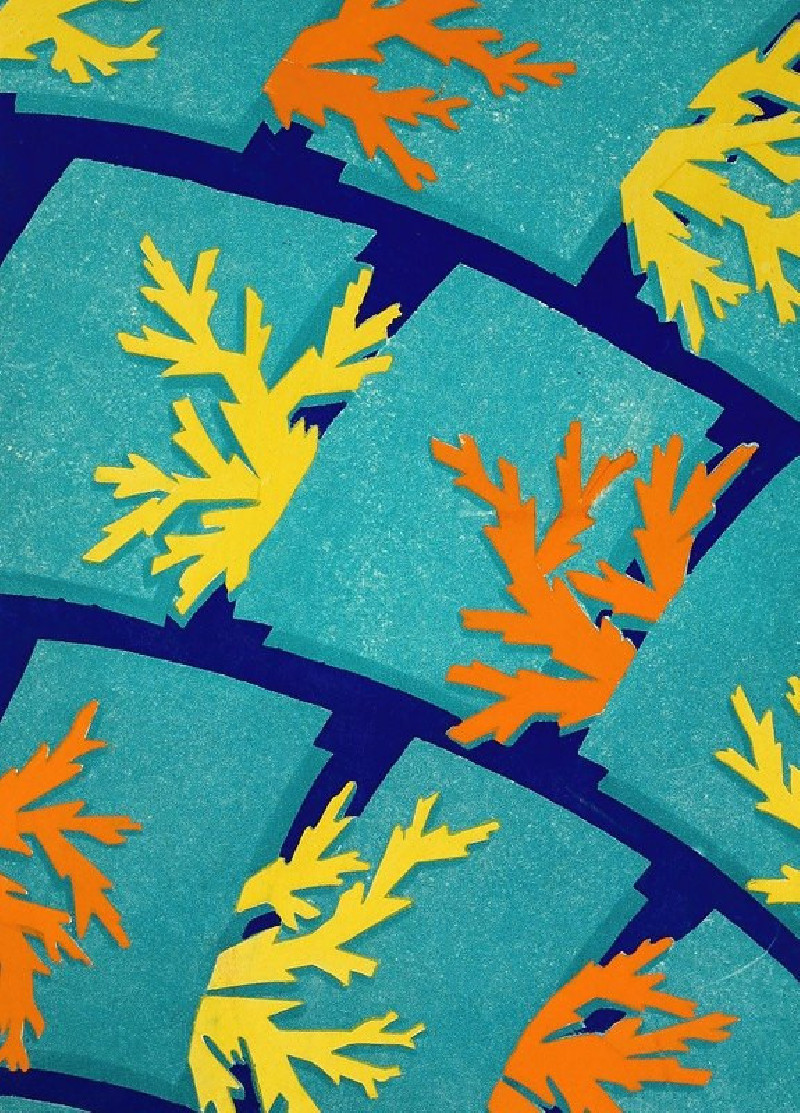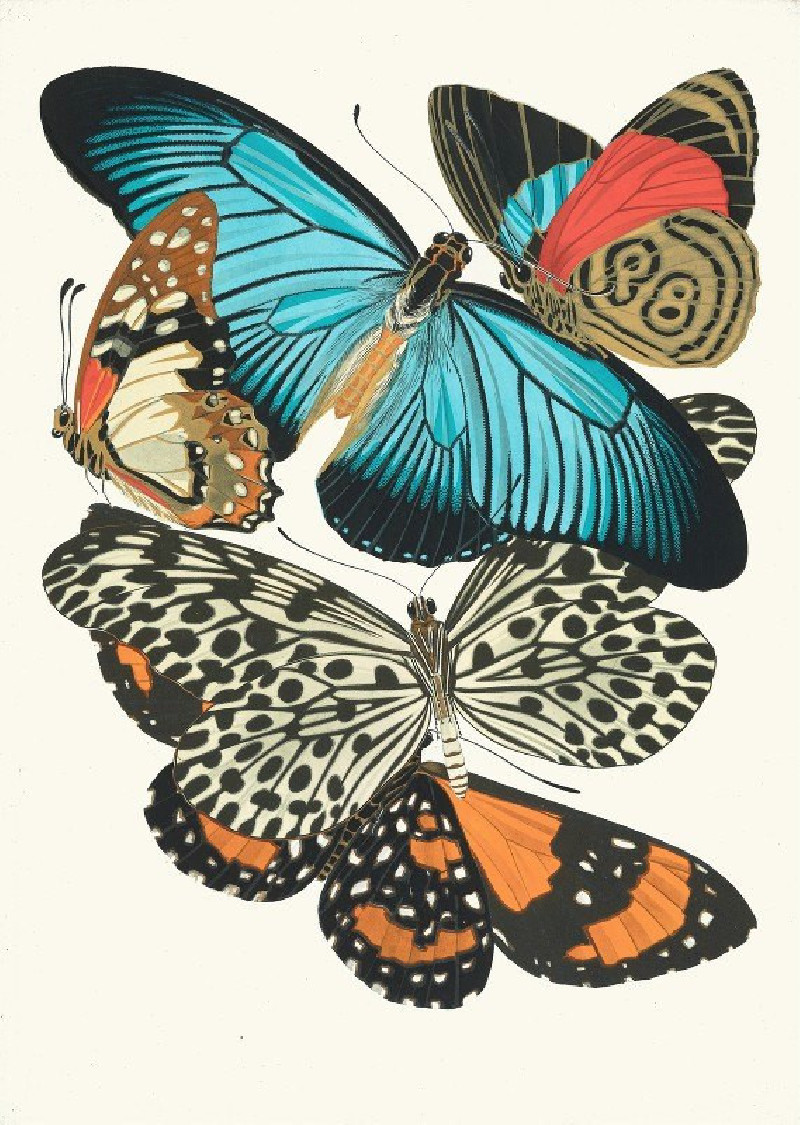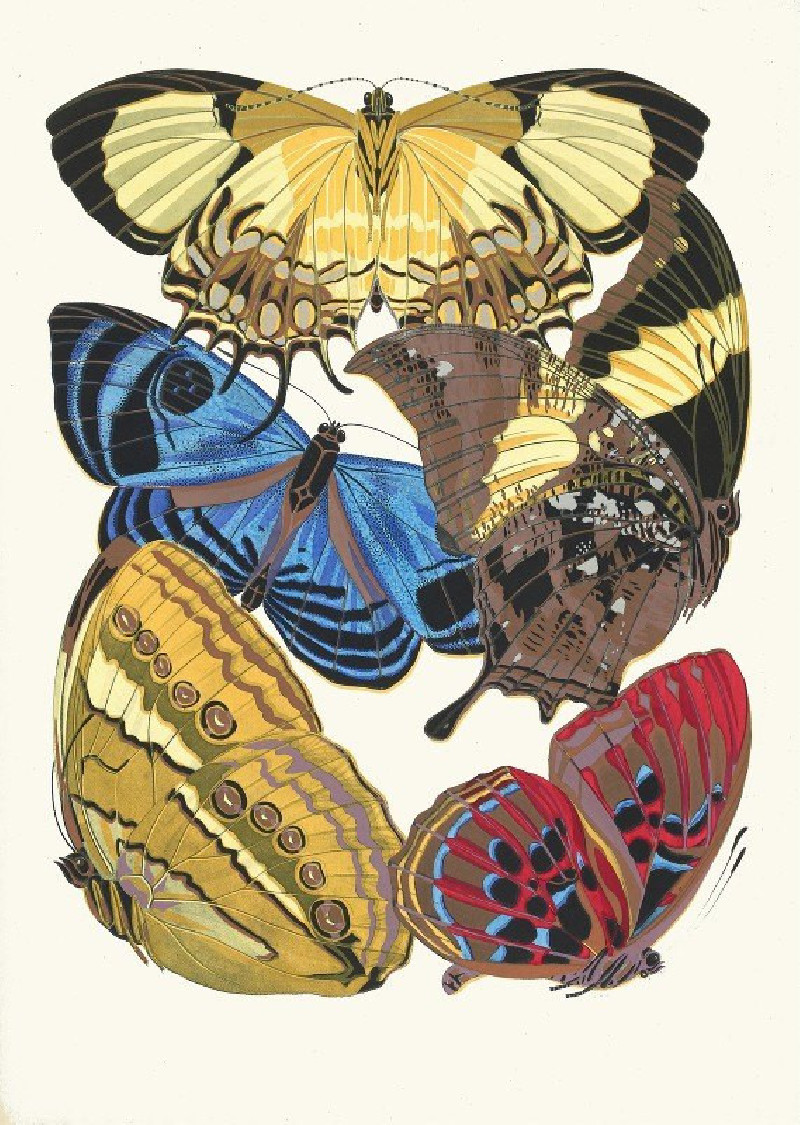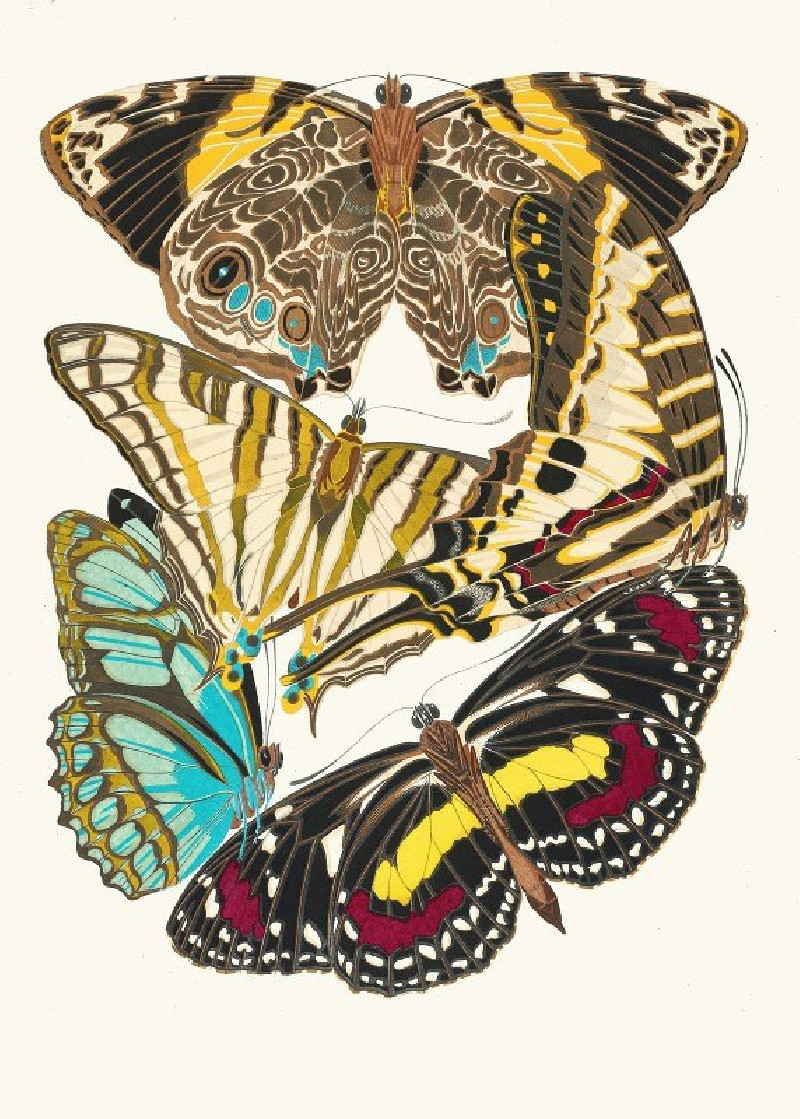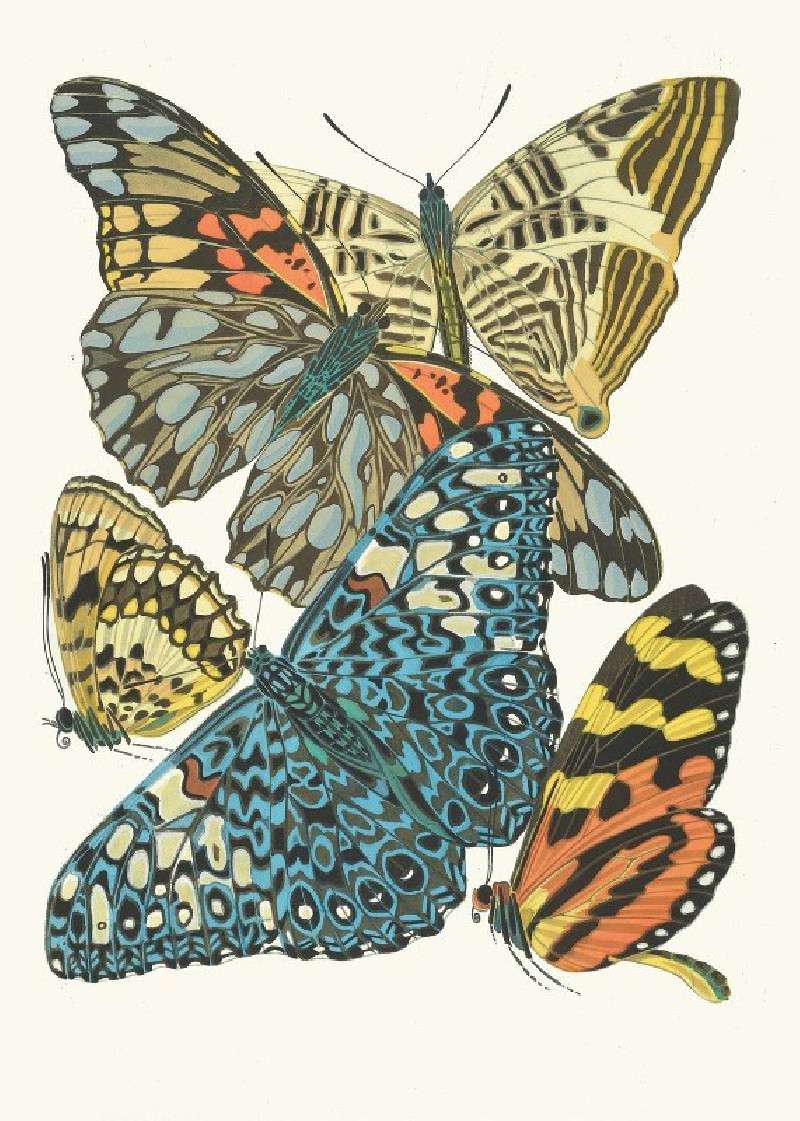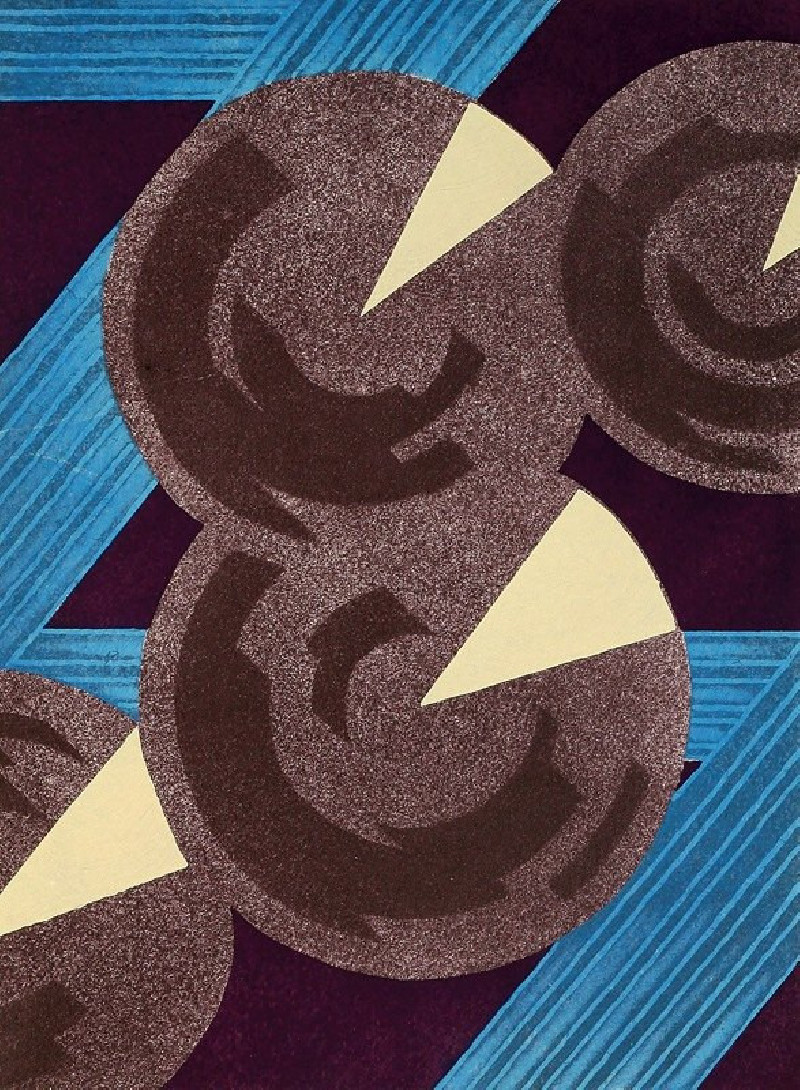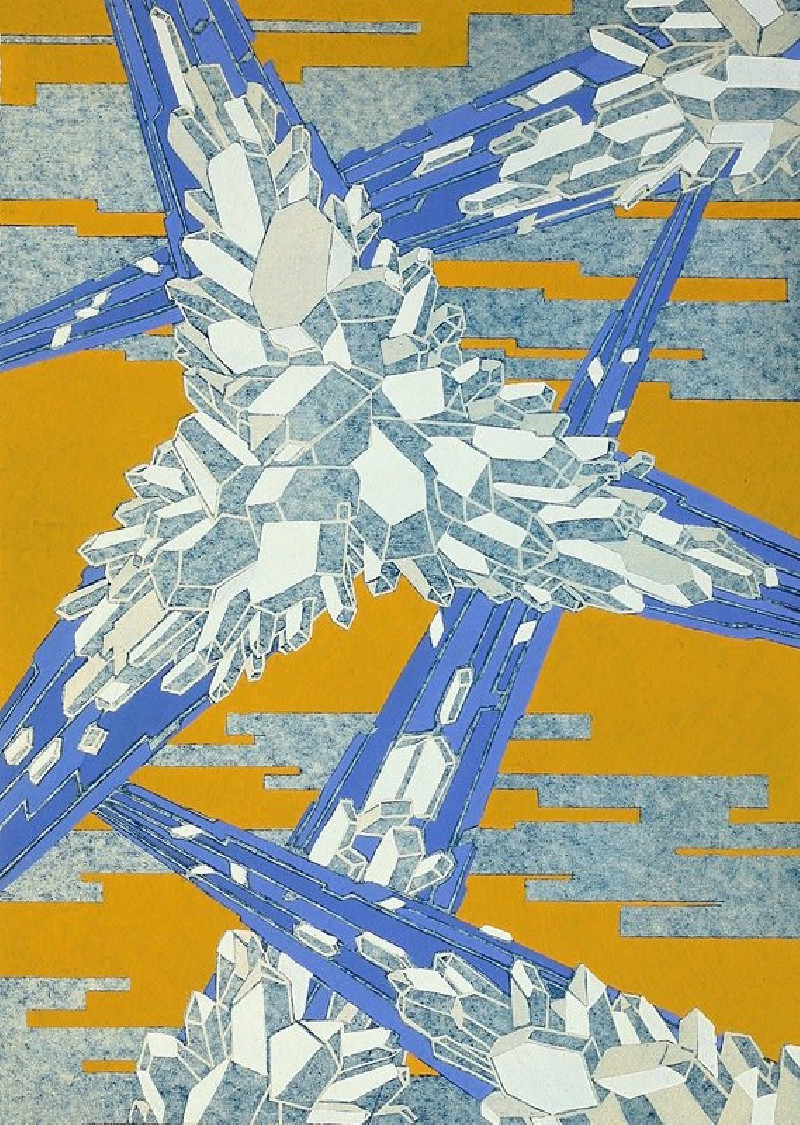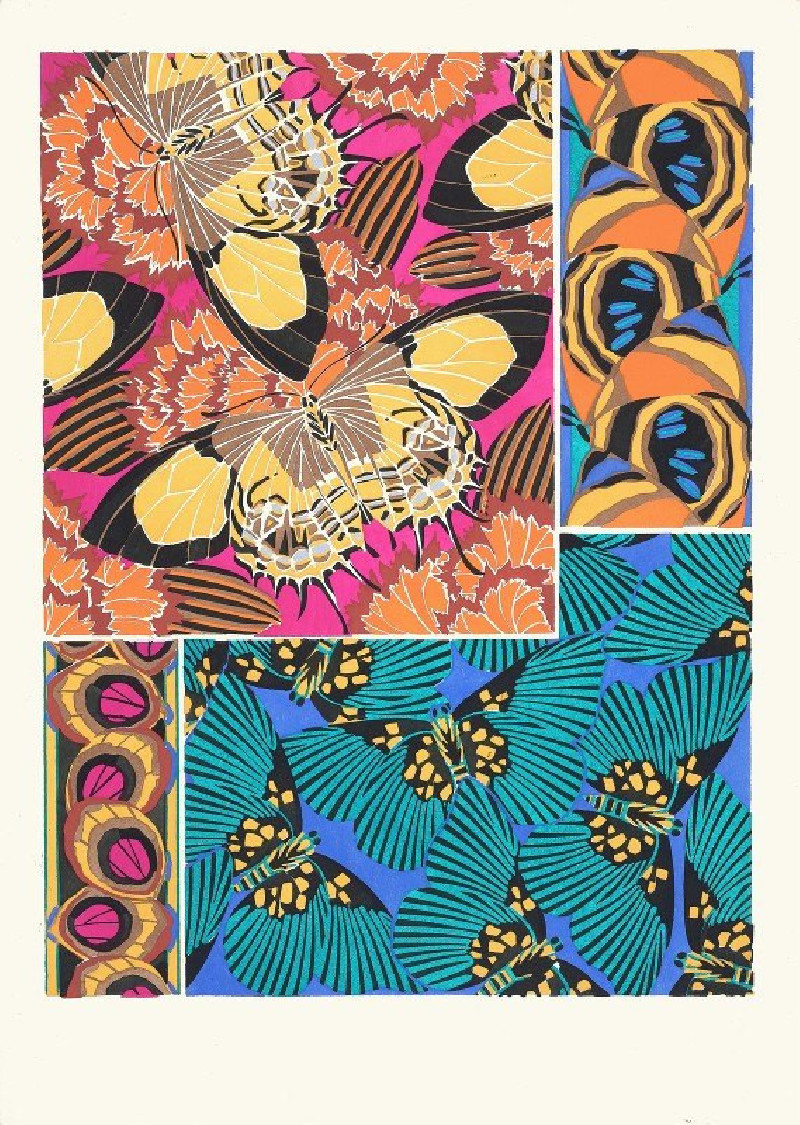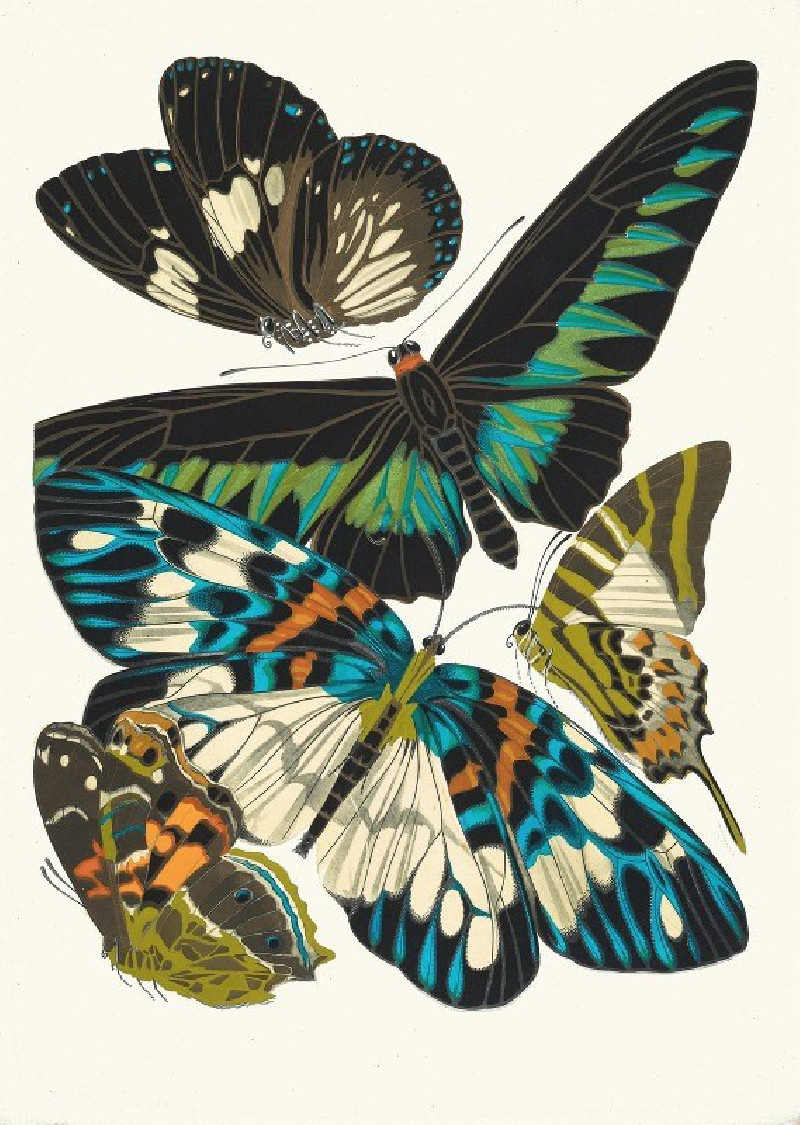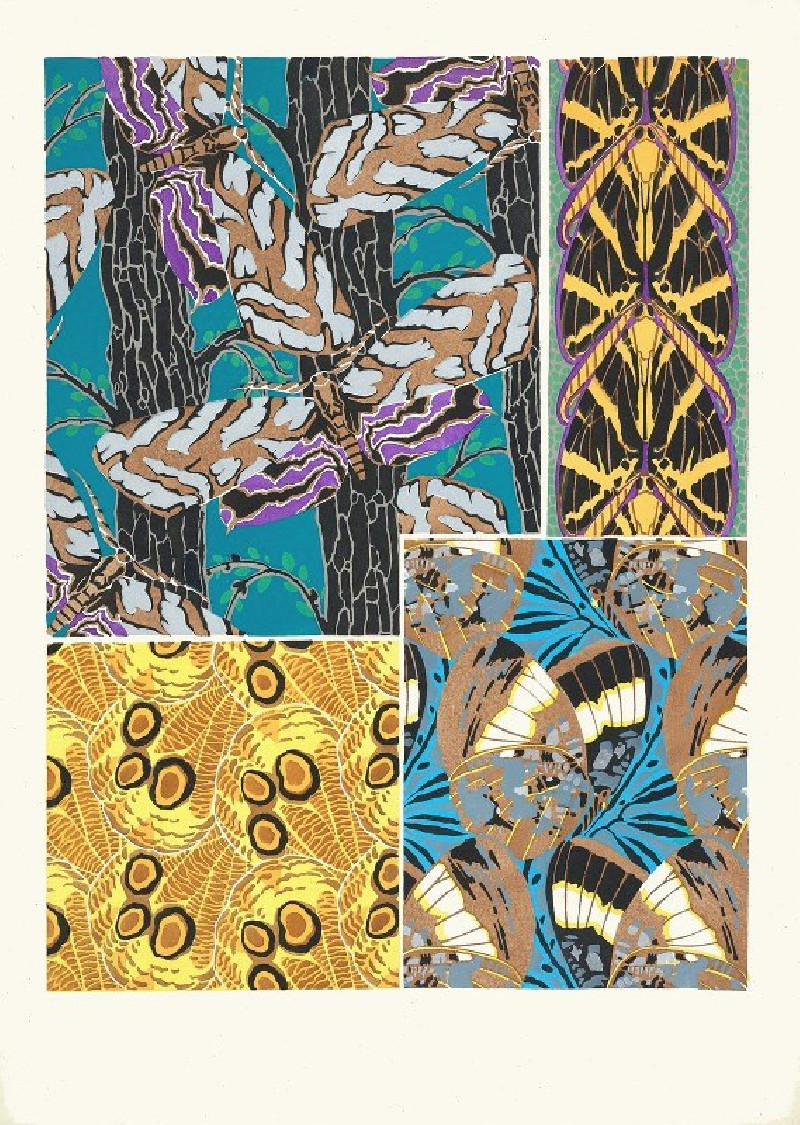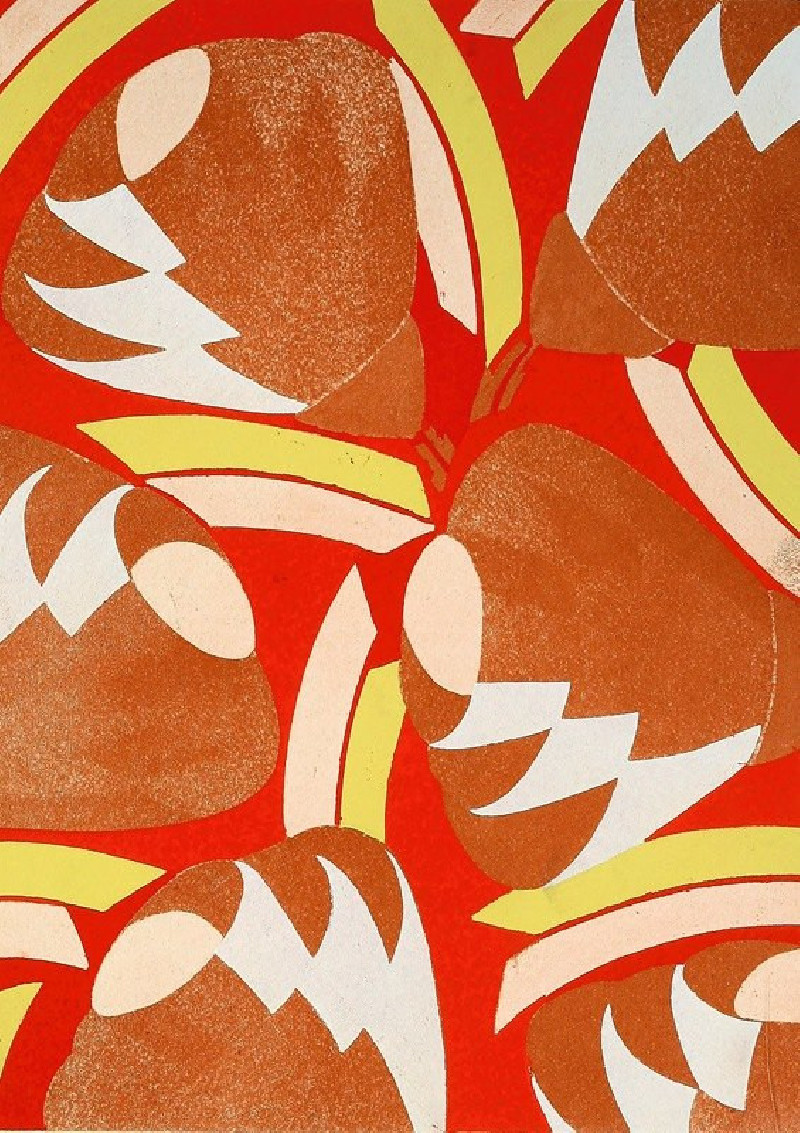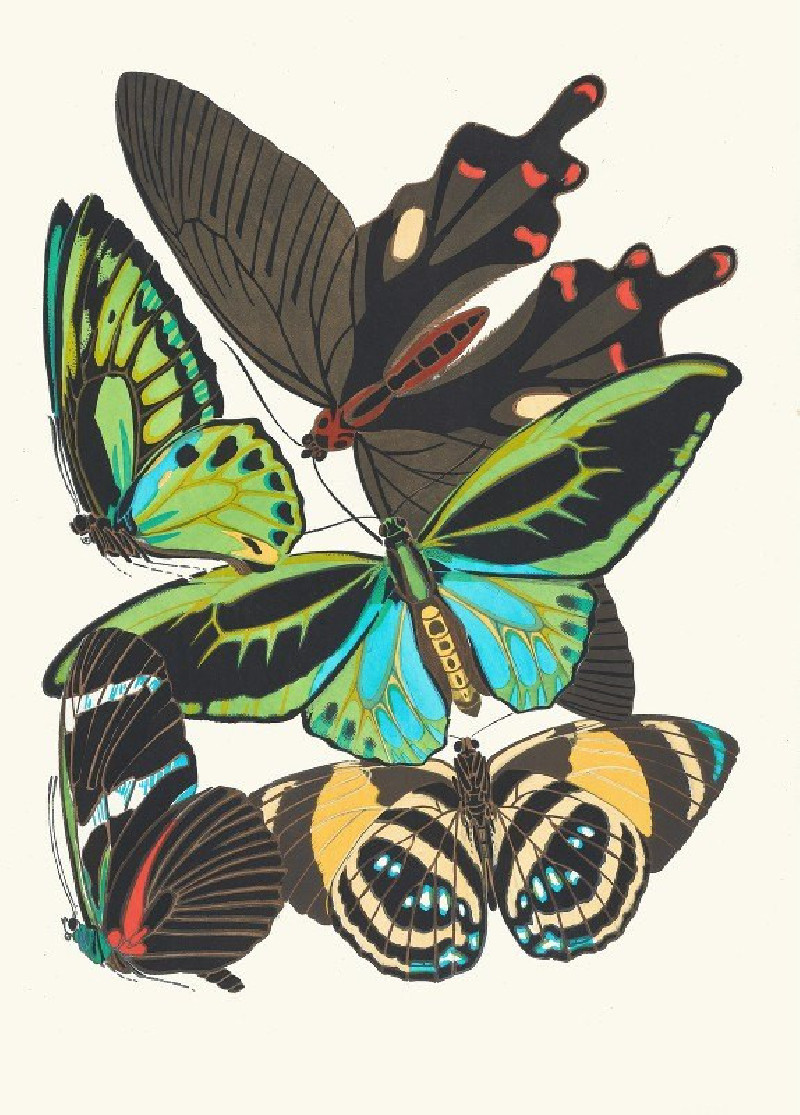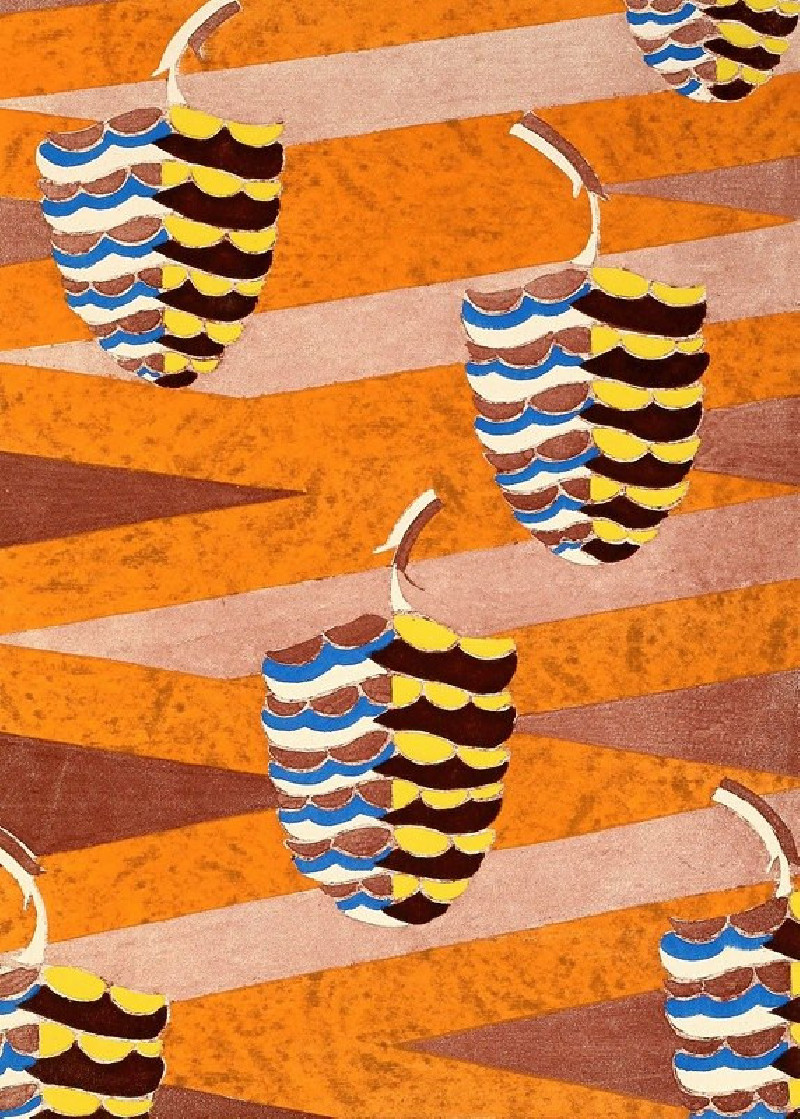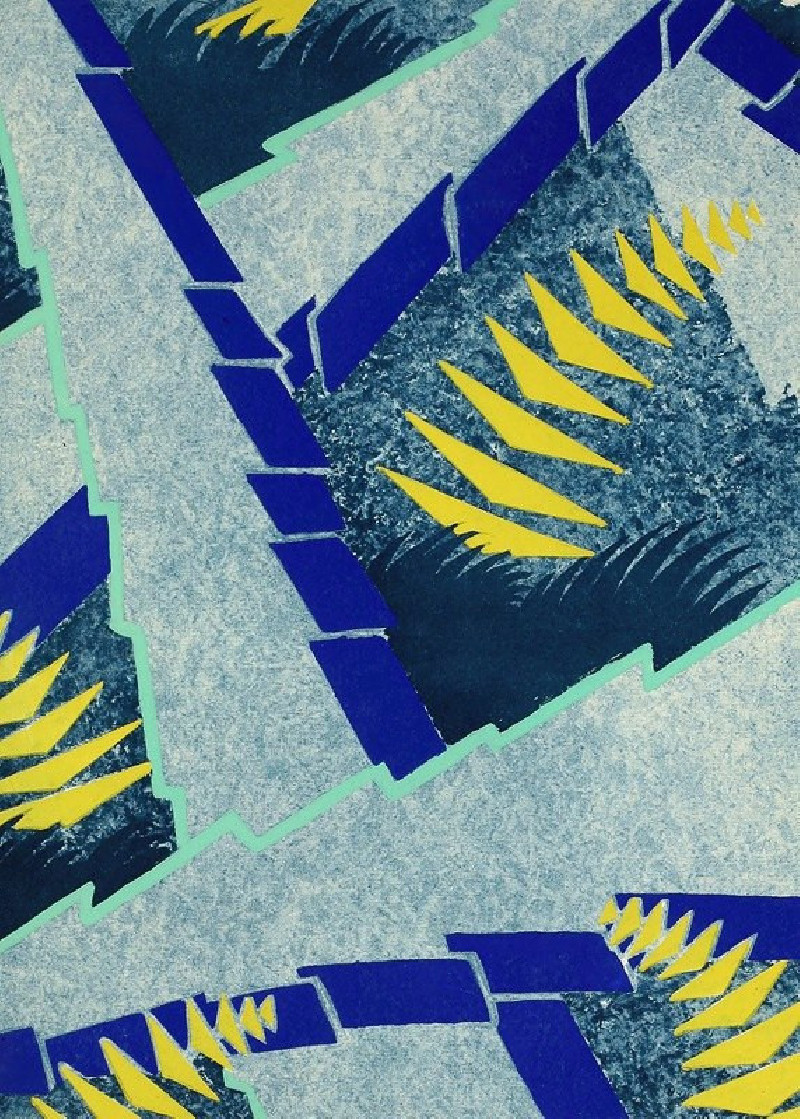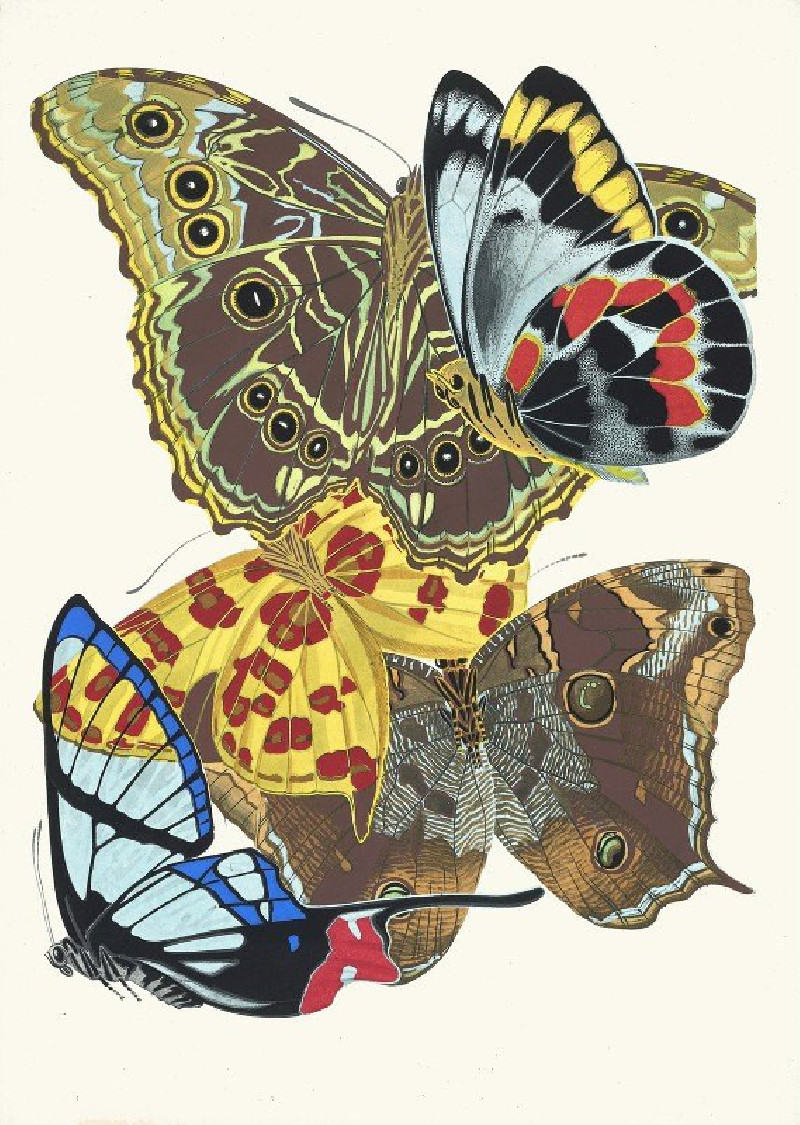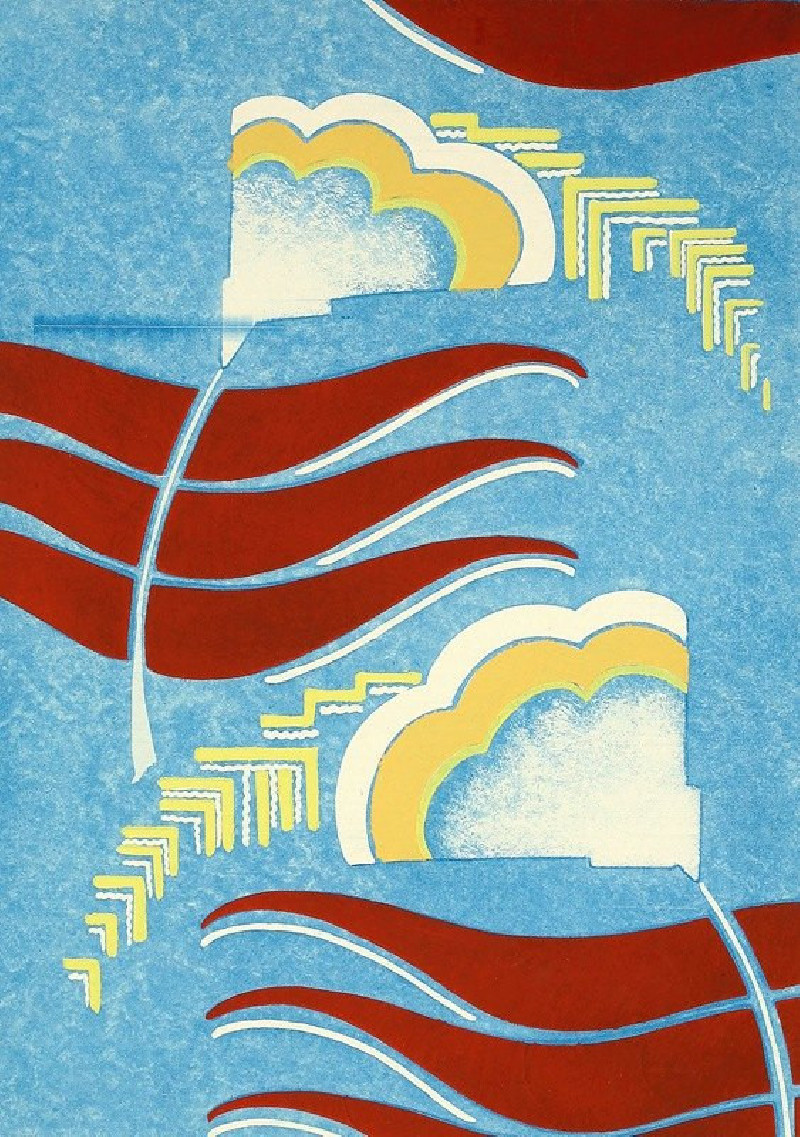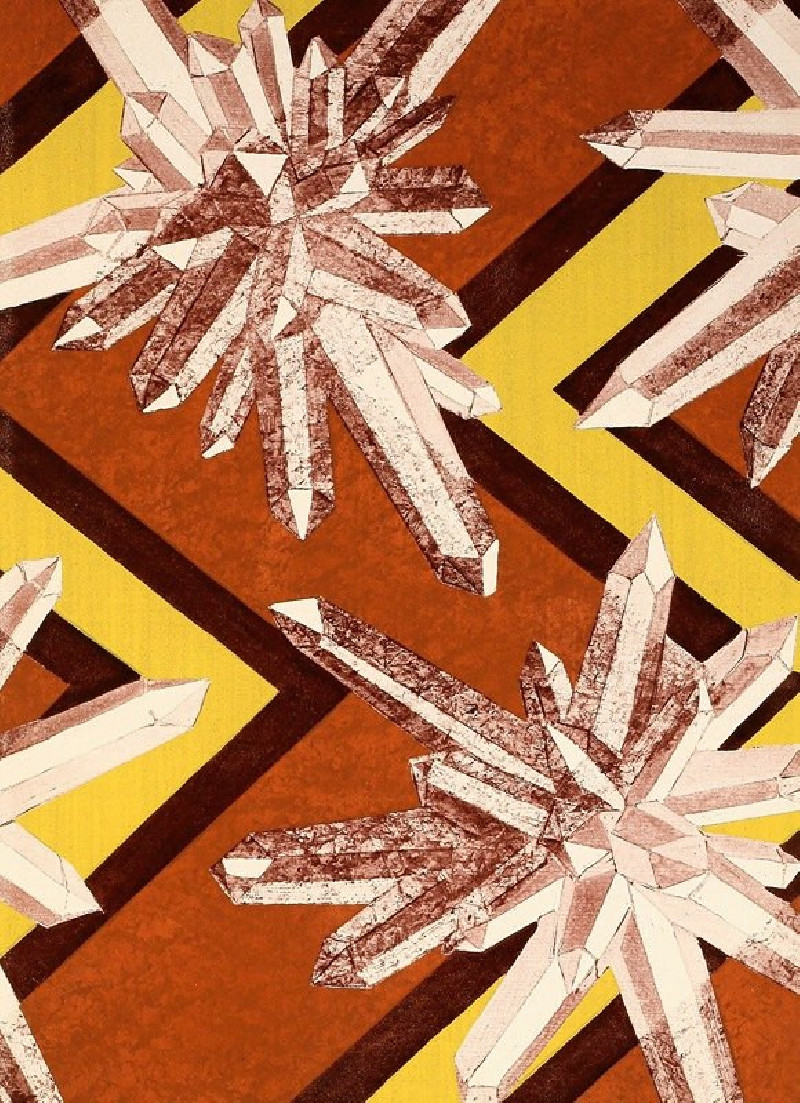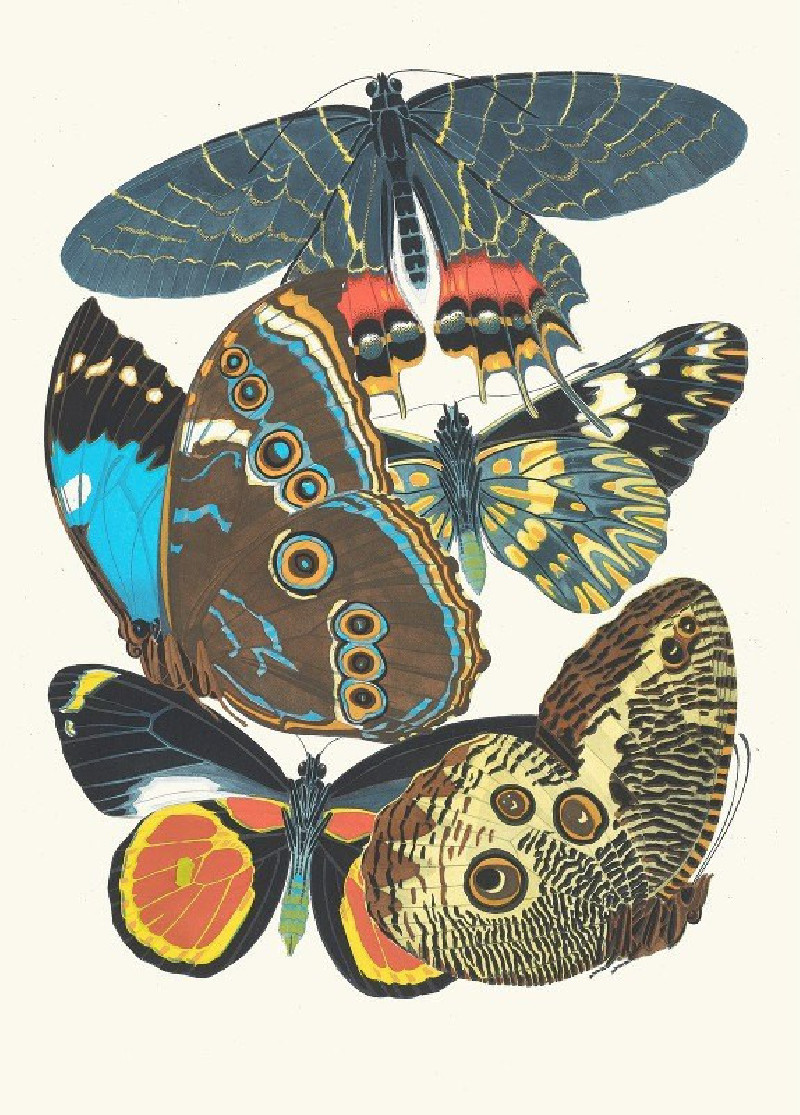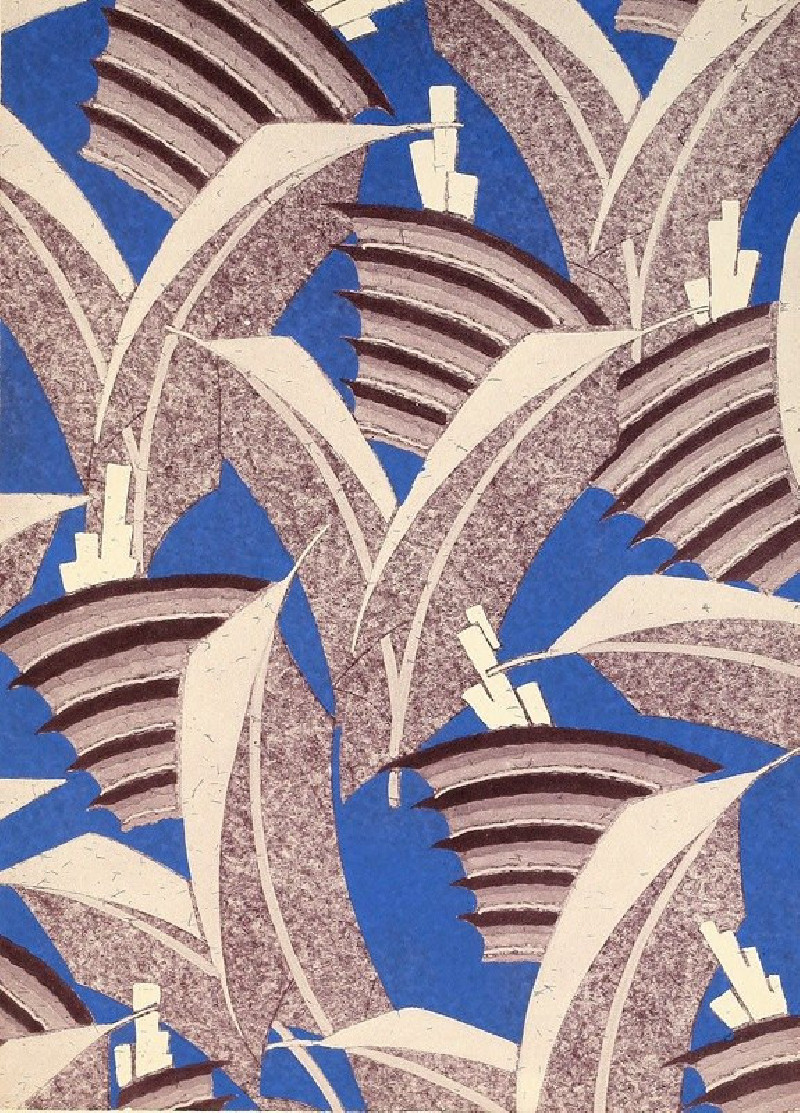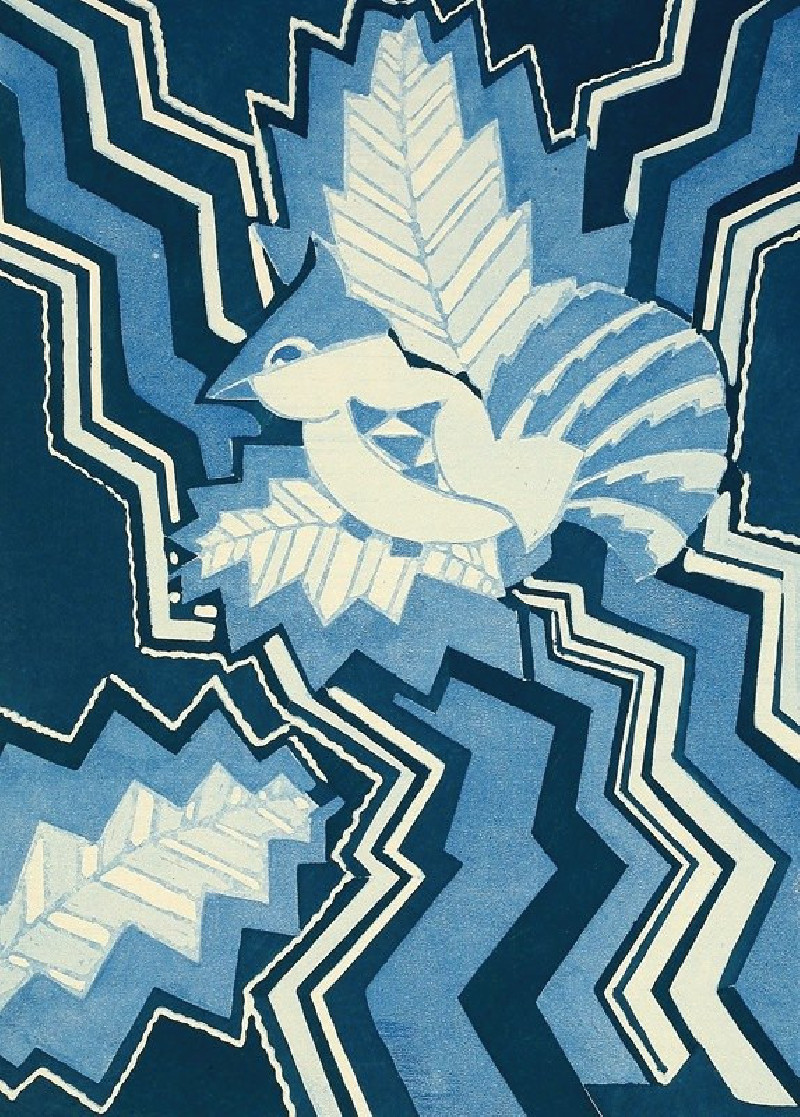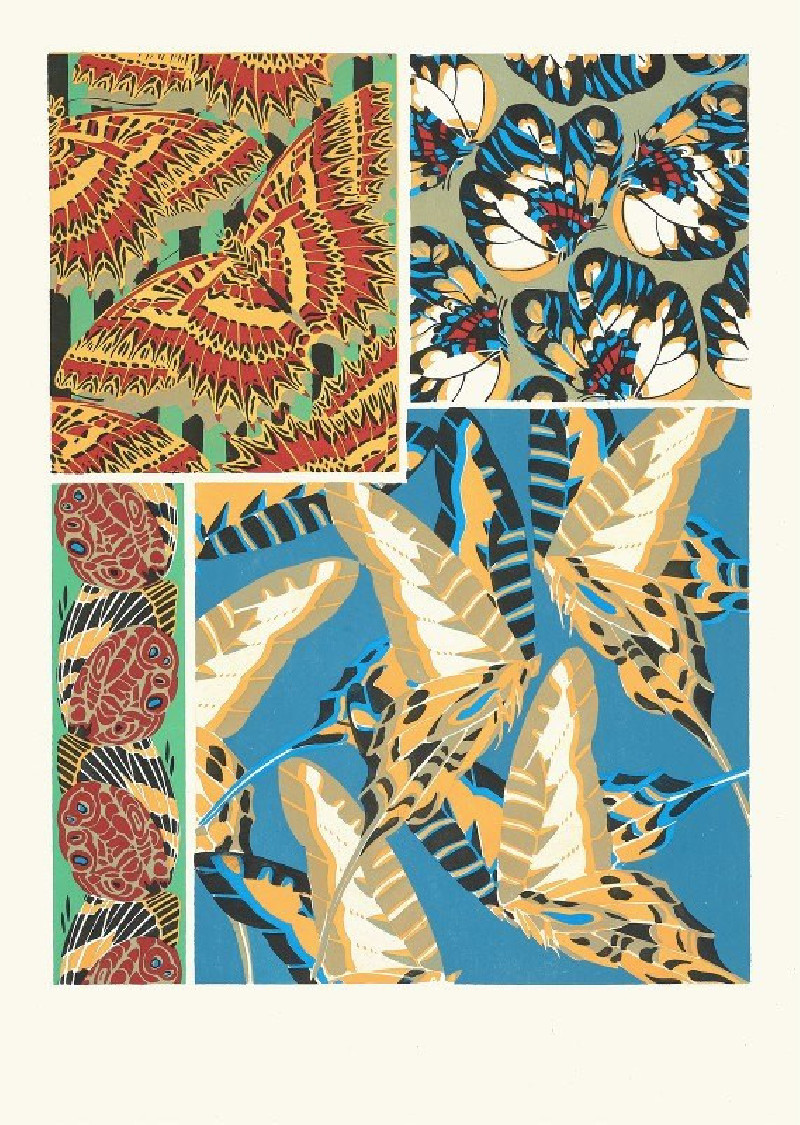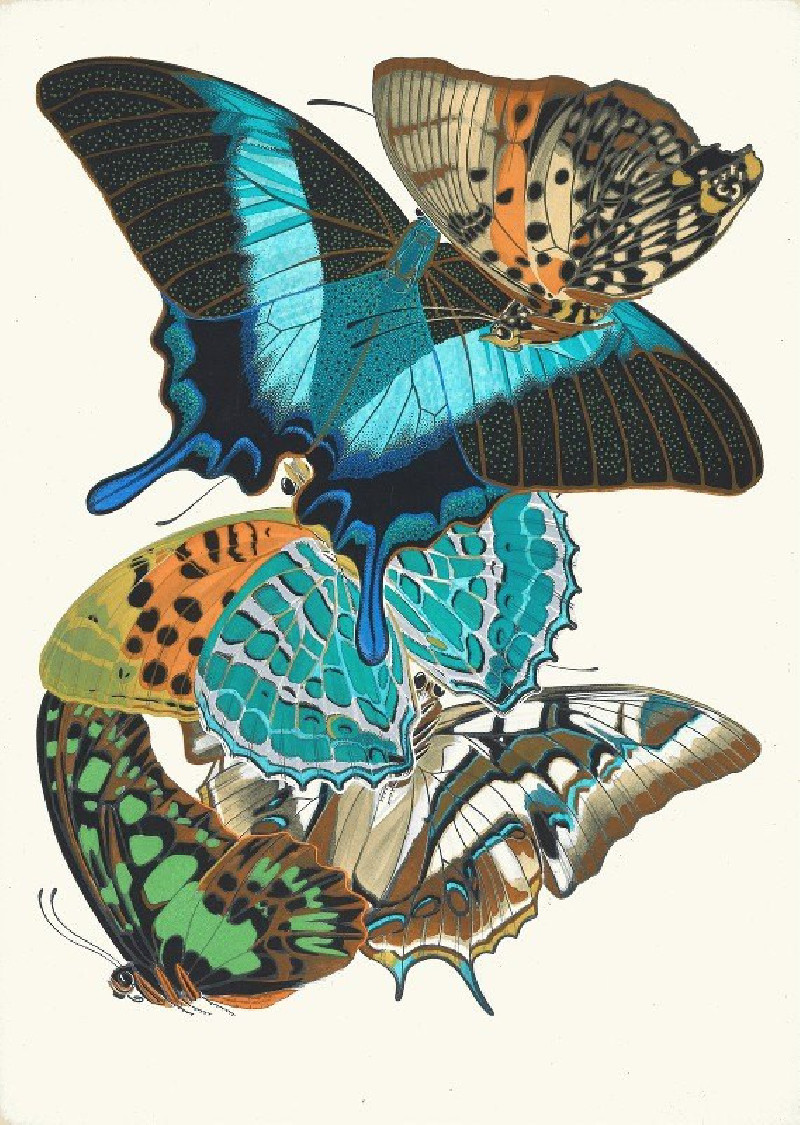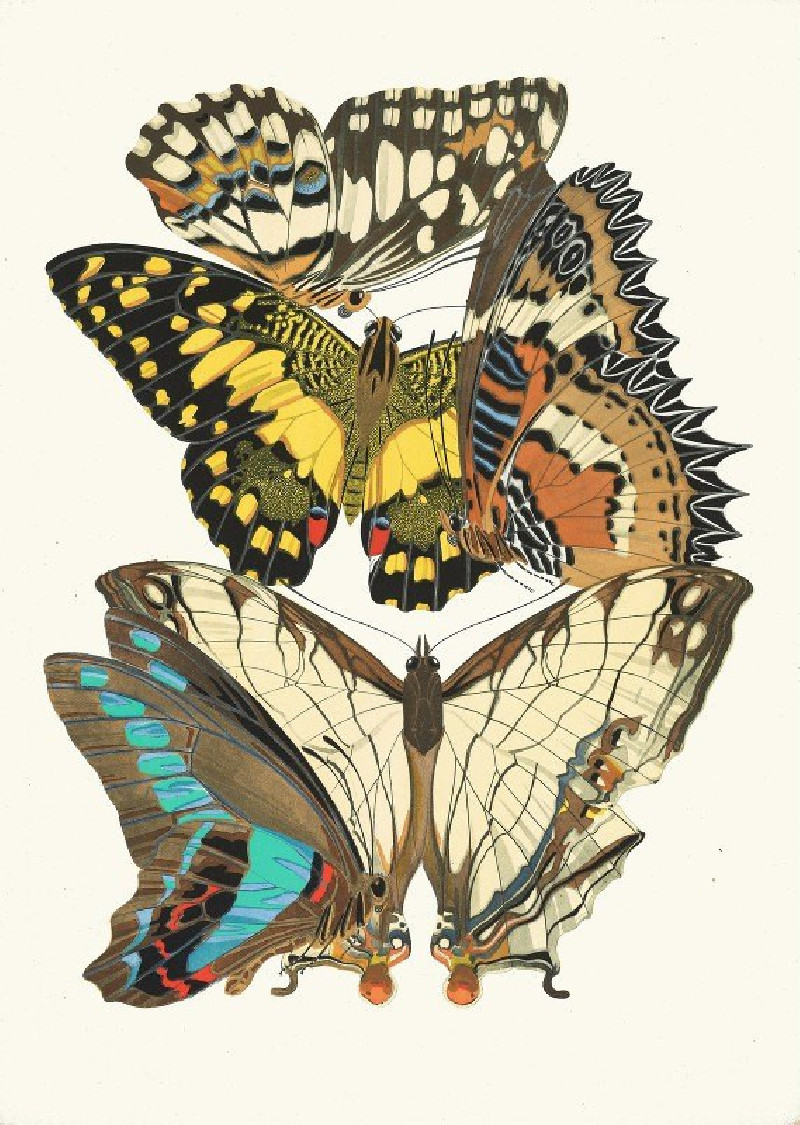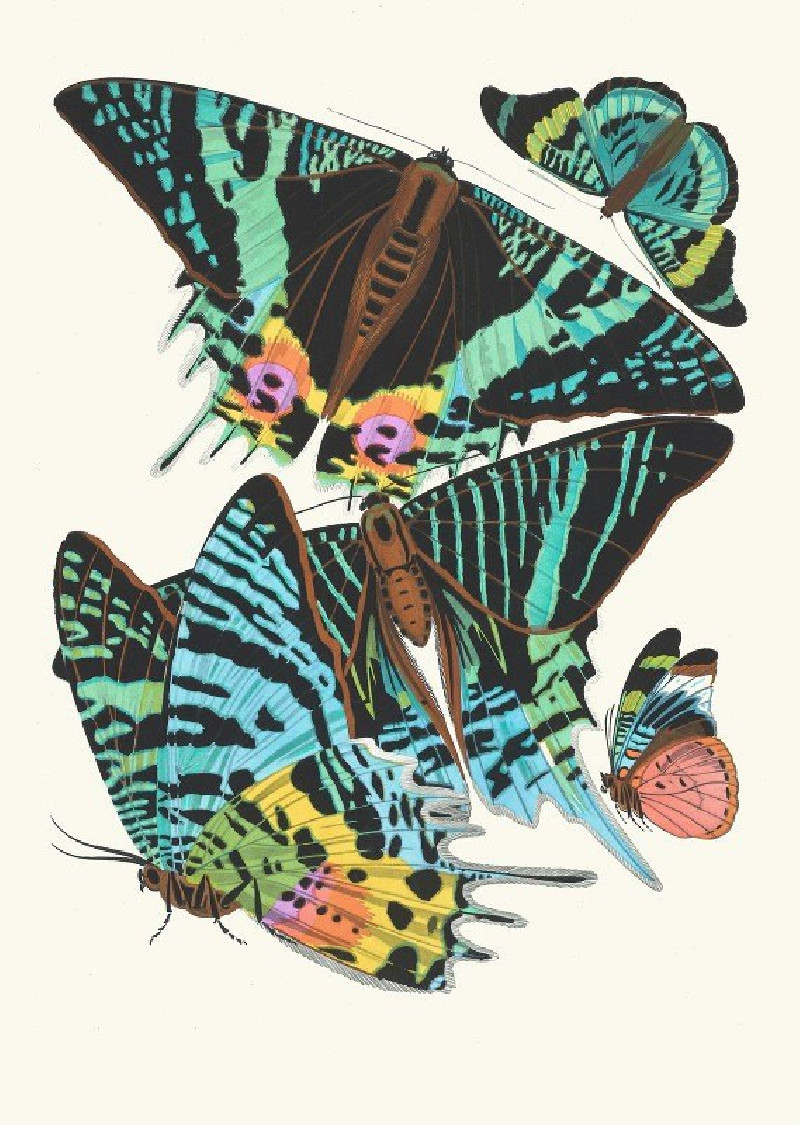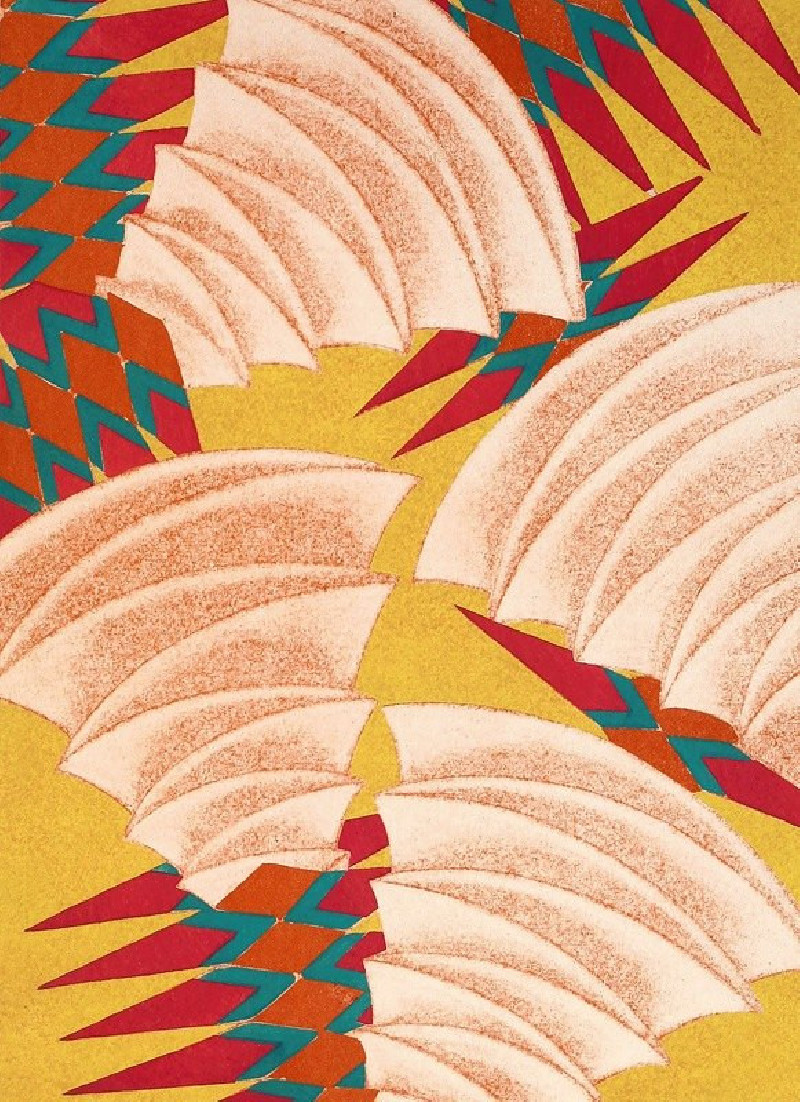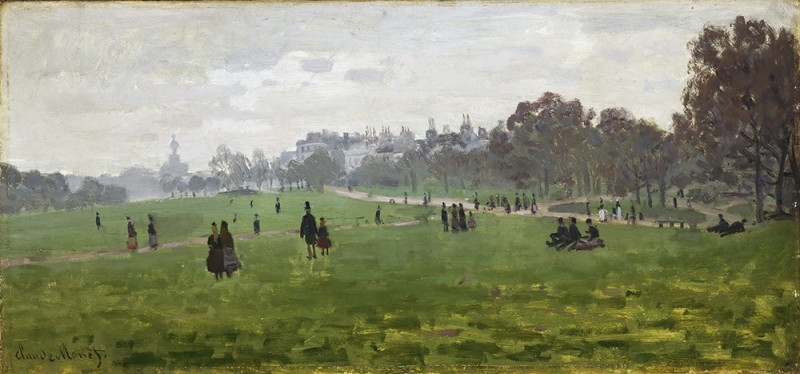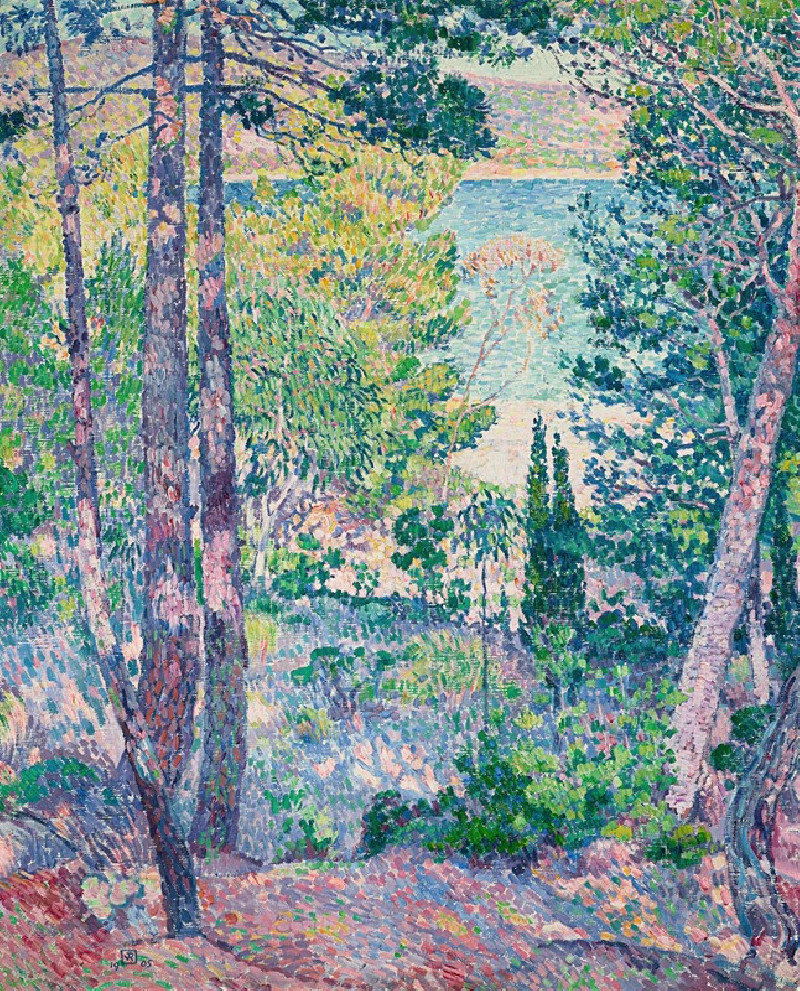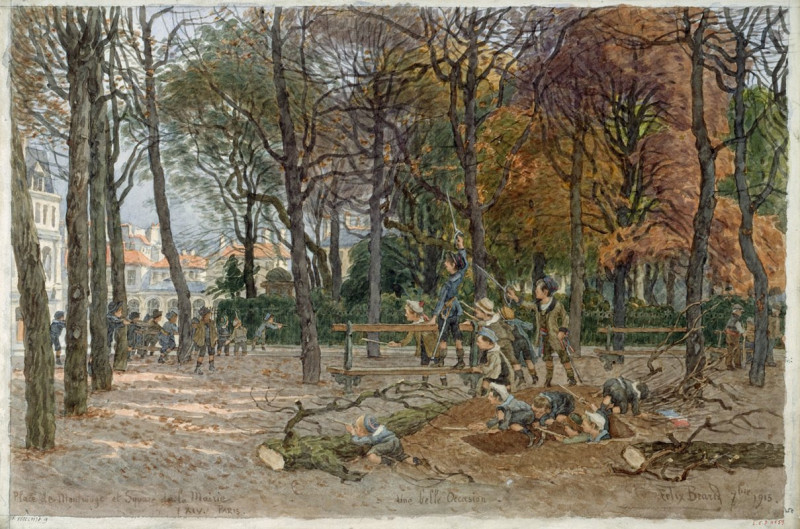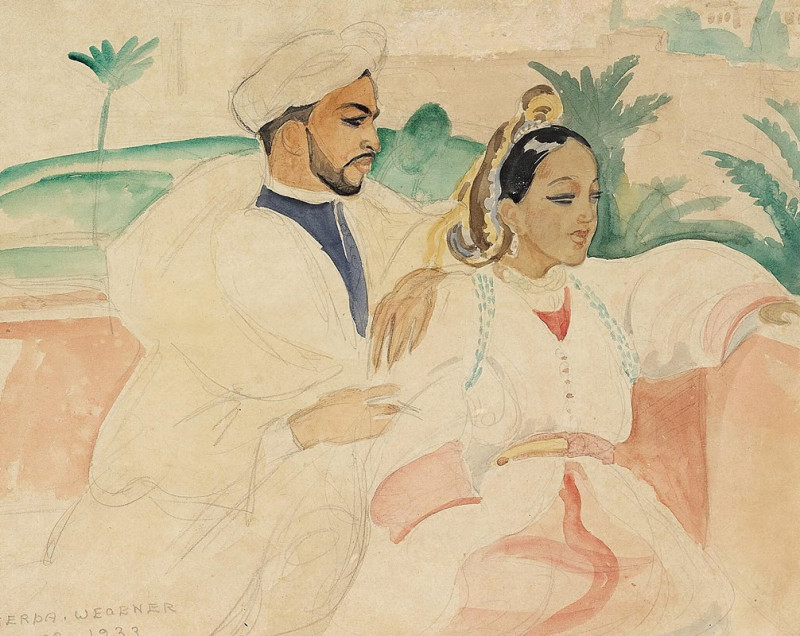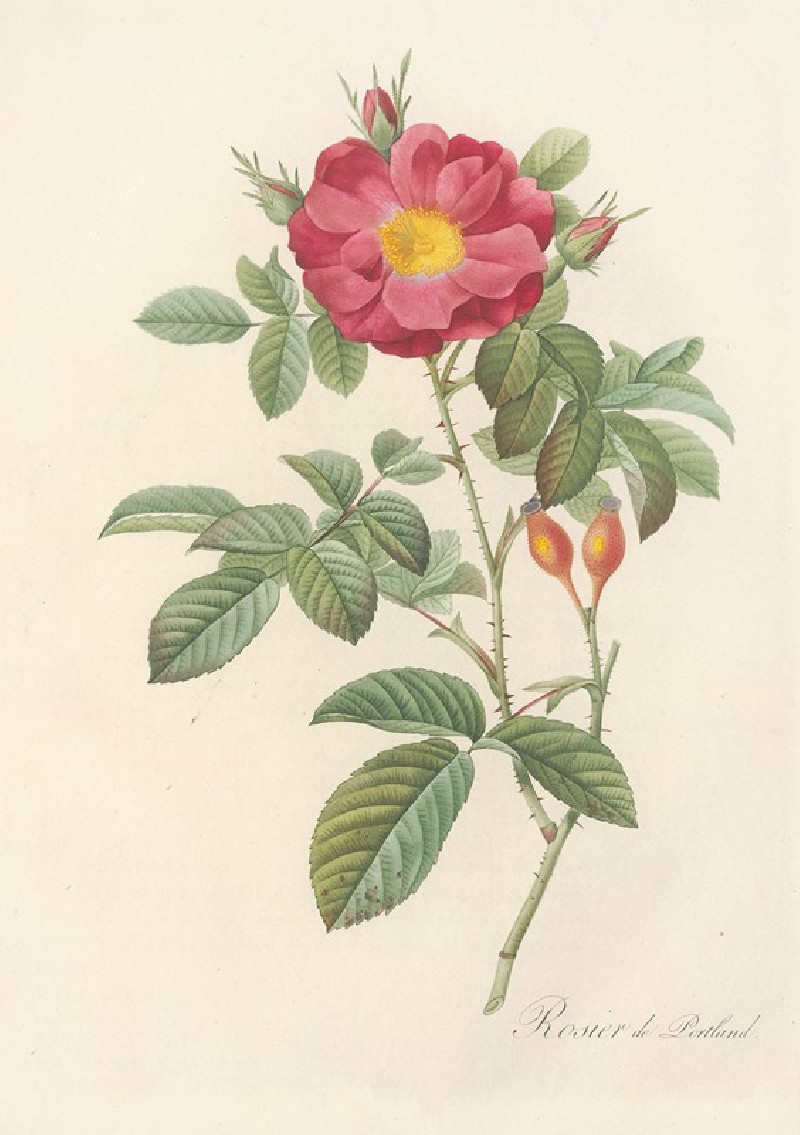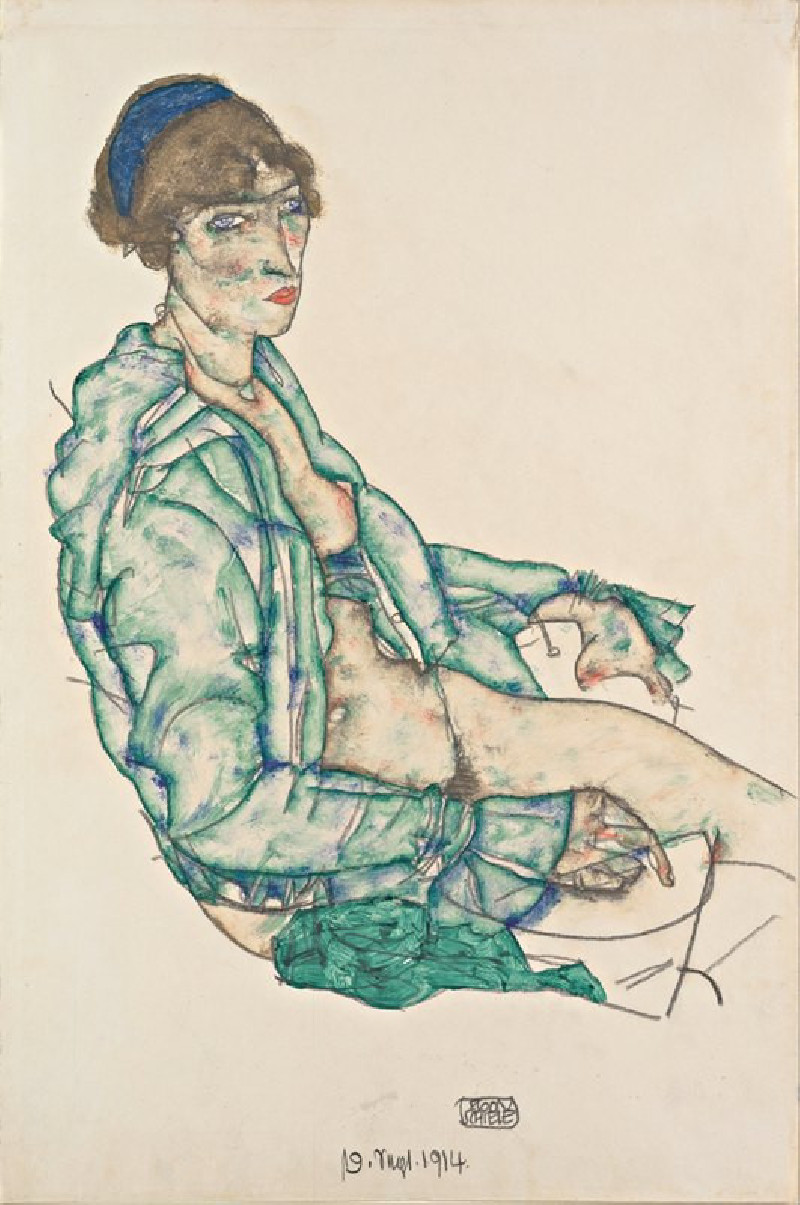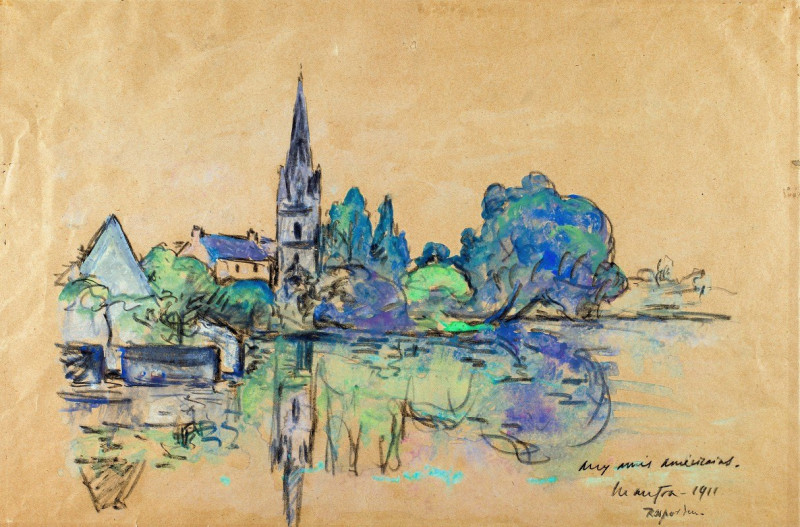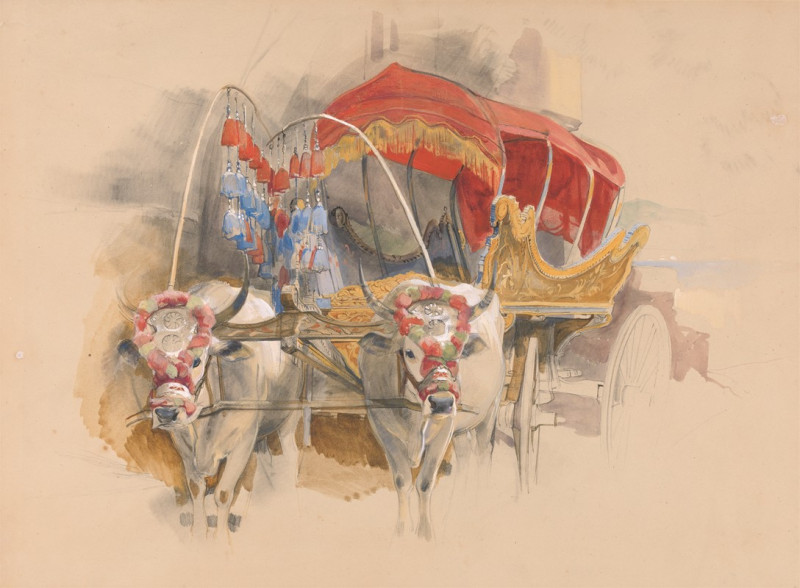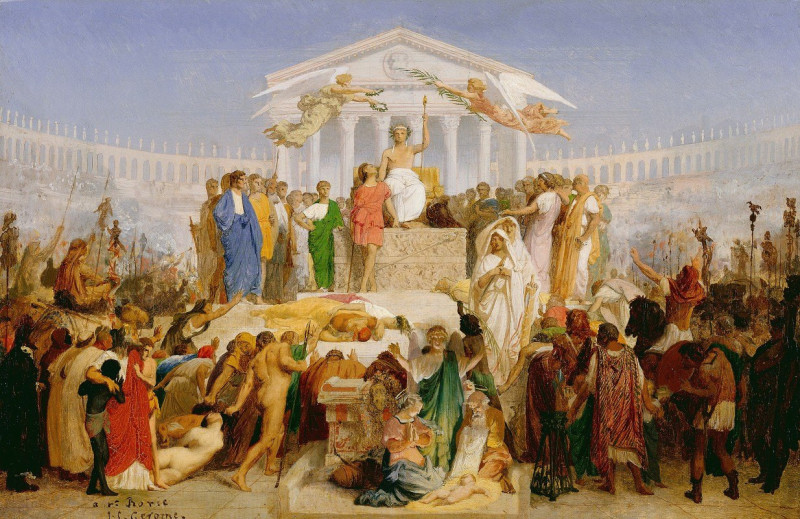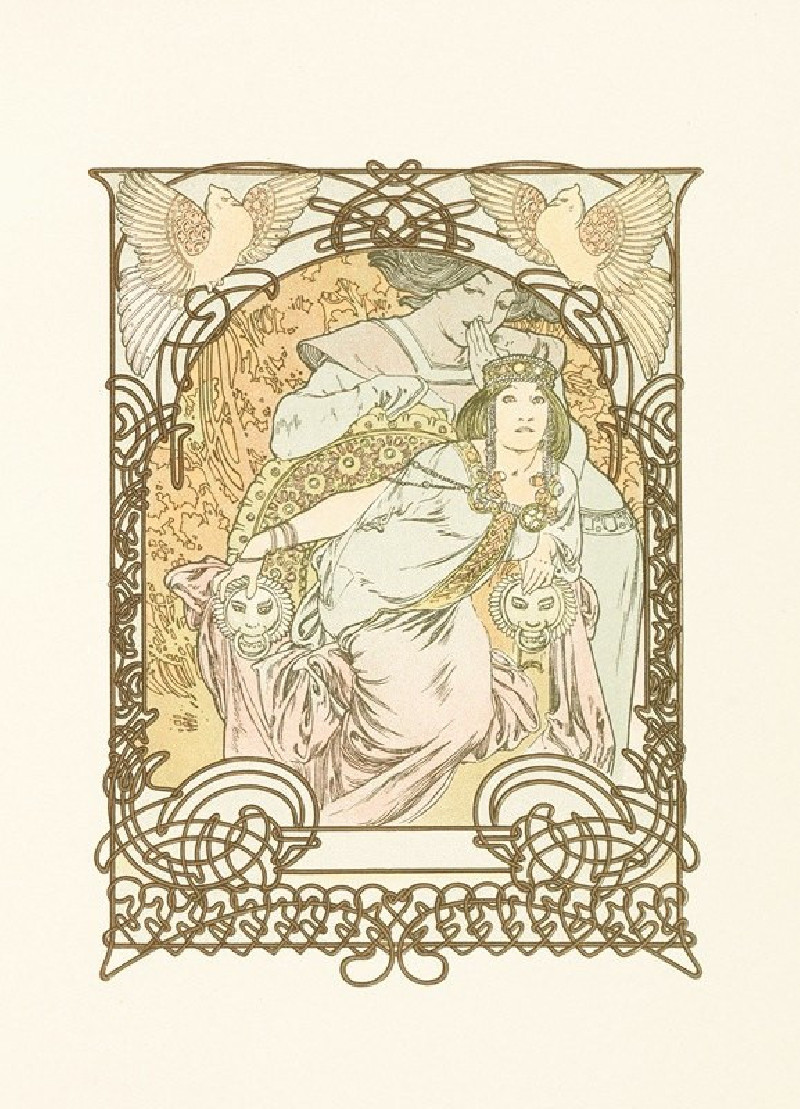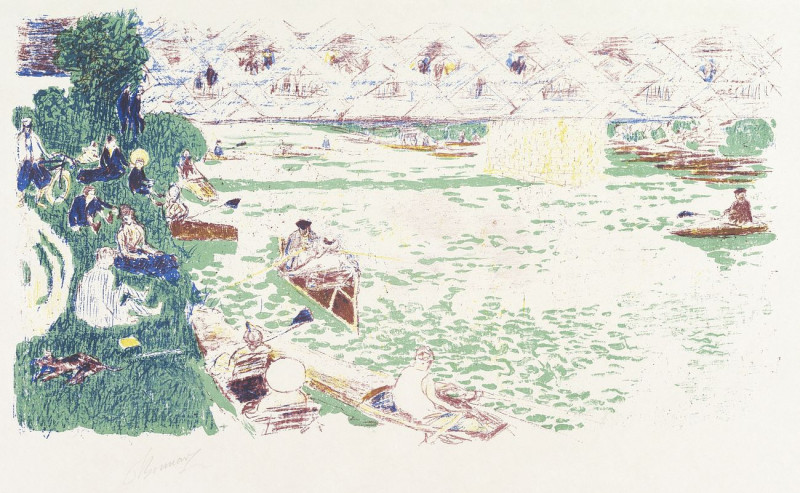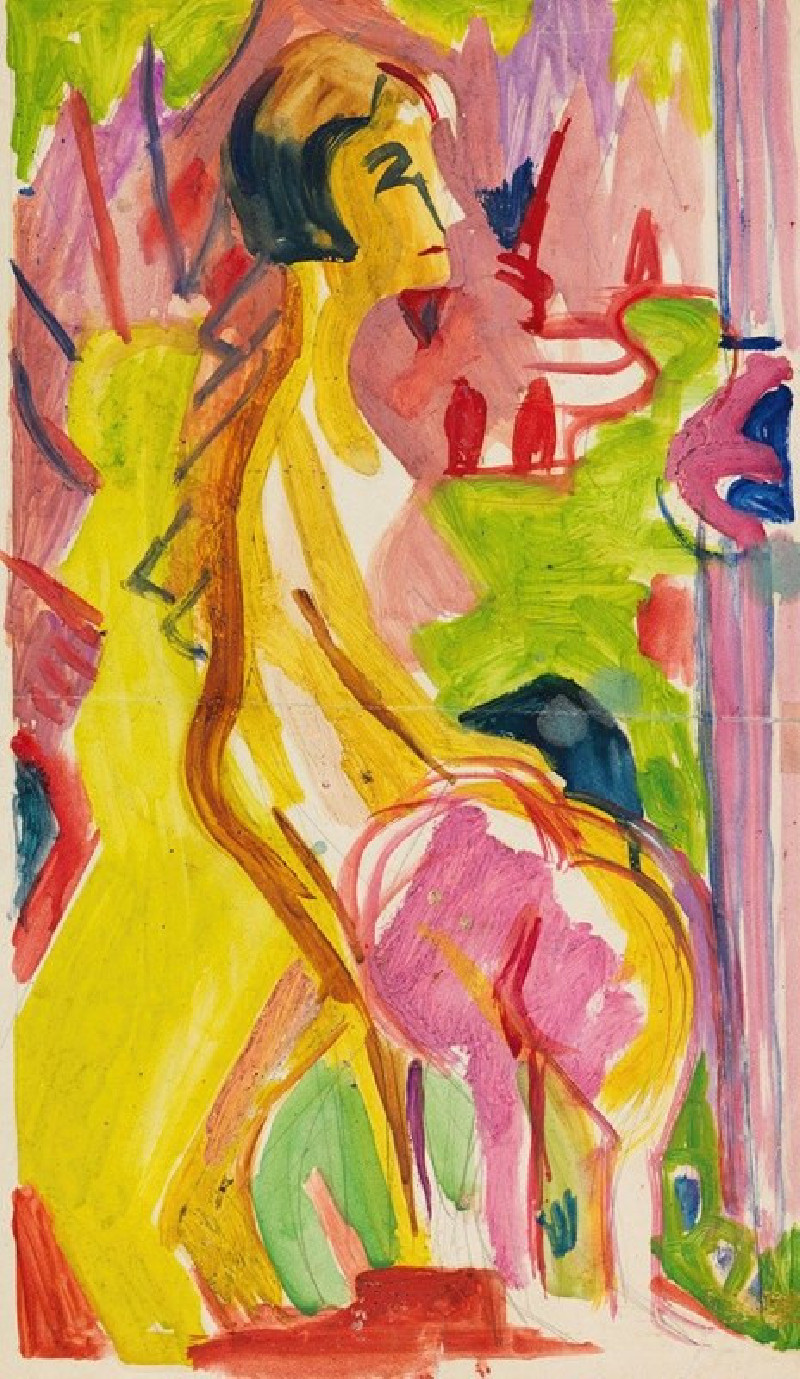Prismes-28 (1931)
Technique: Giclée quality print
Recommended by our customers
More about this artwork
"Explore the vibrant interplay of color and form in Emile-Allain Séguy's captivating artwork, Prismes-28, created in 1931. This piece is a striking representation of Séguy’s unique style, where geometric abstraction meets the organic whimsy of nature. The composition features a dynamic array of turquoise prismatic shapes, elegantly intersected by bands of rich blue that create a sense of depth and movement. Accentuated by bursts of yellow and orange coral-like figures, this painting suggests a surreal underwater seascape or a microscopic view of natural elements. Each layer and color in Prismes-28 is meticulously placed, resulting in a piece that is not only visually engaging but also thought-provoking, inviting viewers to interpret the natural world through a modernist lens.
Delivery
Returns
Emile-Allain Séguy was a popular French designer throughout the Art Deco and Art Nouveau movements of the 1920s. Often confused with the French entomologist Eugene Séguy who was active during the same time period, E.A. Séguy designed primarily patterns and textiles and was heavily influenced by the natural world. He was particularly fond of the intricate patterns and beauty of insects (Eugene would have approved), which he saw as “mechanic wonders” that provided abundant inspiration for interior design (Schiff, 157).

